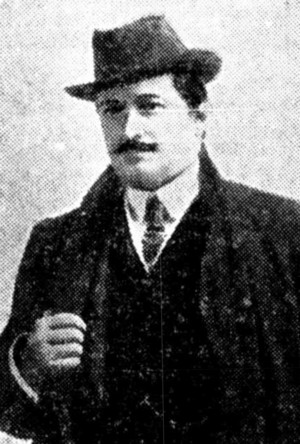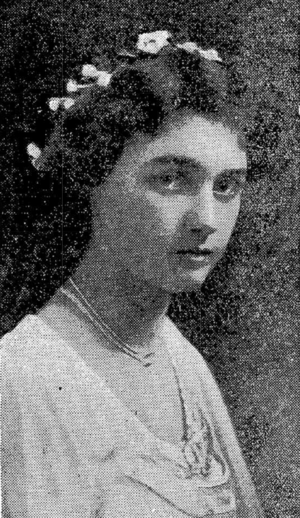Emanuel de Beaupuis facts for kids
Emanuel de Beaupuis (born November 11, 1860 – died March 27, 1913) was a talented Italian pianist. He had a very successful career in Australia, where he passed away. In 1912, the King of Italy honored him by making him a knight. Because of this, he was often called Cavaliere de Beaupuis. "Cavaliere" is an Italian title, similar to "Sir" in English. Sometimes, his first name is spelled "Emanuele" or "Emmanuele."
Contents
A Musician's Journey
Emanuel de Beaupuis was born into a family of musicians in Naples, Italy. He started studying music at the Conservatorium when he was 12 years old and continued until he was 18. His main teacher was Beniamino Cesi, who was a student of the famous pianist Sigismond Thalberg.
After his studies, Emanuel toured around Europe. He then lived in Egypt for four years. In 1889, a man named Charles Santley encouraged him to move to Australia. Emanuel arrived in Melbourne that year.
First Performances in Australia
Emanuel de Beaupuis gave his first performance in Australia on May 30, 1889. It was a concert at the Athenaeum to help raise money for the Italian Mutual Benefit Association.
He also played for the Governor, Sir William Robinson, at Government House. Then, he gave a special concert at the Athenaeum for invited guests. He also performed with the Metropolitan Liedertafel group.
His first public concerts were at the Melbourne Town Hall in late June. Newspaper critics said his playing was brilliant and perfect. However, some felt it lacked deep emotion.
Life and Teaching in Australia
From 1893 to 1895, Emanuel lived and worked in Adelaide. He gave many popular concerts with violinist Bessie Doyle and singer Ada Crossley.
He then toured Australia and South Africa before settling in Sydney in 1896. Over time, he spent less time performing in concerts. Instead, he focused more on teaching piano. He only appeared in public a few more times, including a series of concerts with the famous violinist Jan Kubelik in 1908.
In his last year, Emanuel de Beaupuis was not well. During this time, the King of Italy made him a knight. He passed away in a hospital from a heart problem. He was buried in the Catholic part of Waverley Cemetery.
Teaching and Compositions
Emanuel de Beaupuis was a very important teacher in Australia. Many of his students became notable musicians themselves.
Notable Students
Some of his famous Australian students included:
- Roy Ewing Agnew
- B. Schubach
- Hilda Aiken
- Bessie Robertson (who later studied more in Europe)
- Roy Mackey
- Roy Basil Mackay
- Mrs Walter Treleaven
- Marjorie Percival
- Maggie Chisholm
- Louisa King-Hall
Many piano teachers also advertised that they had studied with de Beaupuis. He also encouraged students to learn how to play piano accompaniment. This included skills like reading music quickly (sight reading), changing the key of a song (transposition), and smoothly moving between different musical keys (modulation).
His Music
Emanuel de Beaupuis also wrote his own music. Some of his compositions include:
- "Waltz de Concert"
- "Sur la mer"
- "Ave Maria"
- "Irish Airs"
- "Merry Peasant"
- "Canadian Boat Song"
- "Valse Caprice"
Family Life
Emanuel de Beaupuis was married twice. His first wife was Adele Elizabeth Beaupuis, who passed away in 1902.
On December 24, 1903, he married Bertha Lord. Bertha was also a talented pianist. She later taught piano and singing at Kambala School in Rose Bay, Sydney. She was known as a central figure in Sydney's music community. She even sponsored a music prize named after her.
Bertha's daughter from her first marriage, Marjorie Lord, became a well-known actress. She was introduced to Sydney's high society by her cousin. Marjorie married a grazier (a farmer who raises livestock) named Henry Hill Osborne in 1912. As Marjorie Ainsworth Osborne, she starred in the movie The Blue Mountains Mystery. She and Henry had one child, a son named Rupert, born in 1913.




